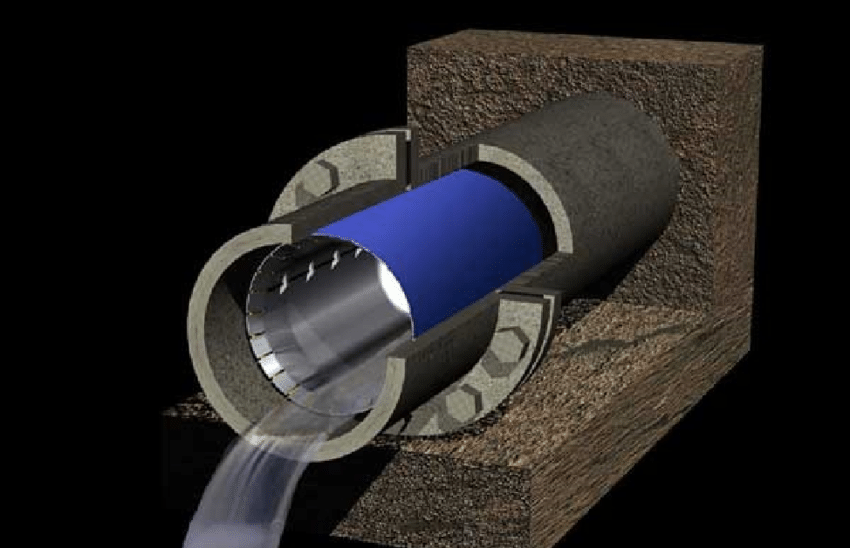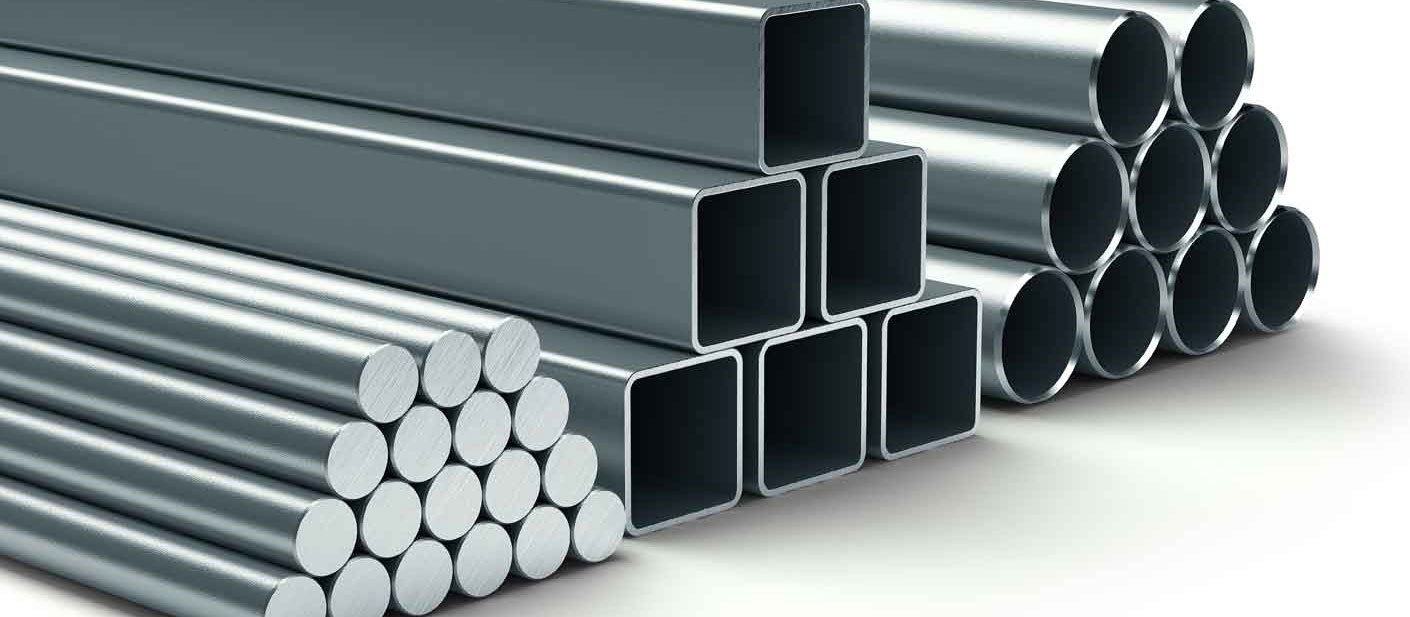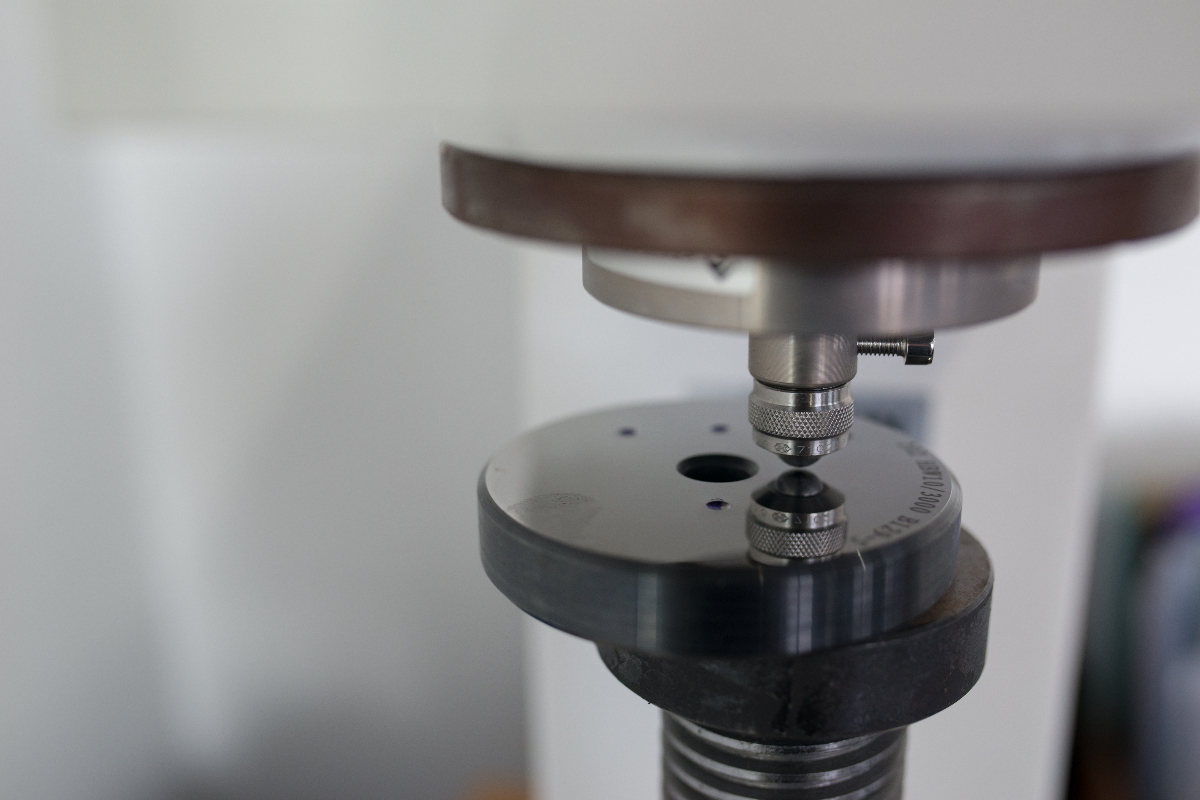What is a Pipe Sleeve? Its Functions and Uses
A pipe sleeve is a cylindrical piece of material that is inserted into an existing pipe to reinforce or repair the pipe. It can be made of various materials such as metal, plastic or composite and can be used to…
Piping Support: Types, Purpose, Design, Codes, Optimization Rules
Piping support refers to the structural and mechanical components that are used to secure and stabilize piping systems in industrial and commercial facilities. These supports are designed to keep the pipes in proper alignment, absorb vibration and thermal expansion, and…
Types of Flow Meters and Their Applications, Types, Features, Working
A flow meter is a device used to measure the flow rate, or velocity, of a fluid or gas as it moves through a pipe or other conduit. There are several types of flow meters, each designed to work with…
Major Differences between ASME B31.3 and B31.1 (B31.3 vs B31.1)
What is ASME B31.3 ASME B31.3, also known as the Process Piping Code, is a set of guidelines and requirements for the design, fabrication, installation, inspection, and testing of process piping systems. It applies to piping systems used in the…
What is ASTM? What are ASTM Standards? ASTM vs ASME
ASTM stands for the American Society for Testing and Materials. It is an organization that develops and publishes technical standards for a wide range of materials, products, systems, and services. These standards are used in various industries, including construction, manufacturing,…
Bolts vs Screws: Difference, Types, Application, Force, Capability
Bolts and screws are both types of fasteners used to hold objects together. The main difference between the two is that a bolt needs a nut to secure the objects together, while a screw can be used to fasten one…
What is a Plot Plan? Types, Input Required, Application
A plot plan, also known as a site plan, is a detailed drawing that shows the layout of a piece of property. It includes information such as the location of buildings, driveways, sidewalks, landscaping, and property lines. It is typically…
HVAC Systems: Meaning, Objectives, Components, Types, Selection
HVAC stands for heating, ventilation, and air conditioning. These systems are used to control the temperature, humidity, and air quality in buildings. Heating systems can use a variety of sources such as natural gas, electricity, or heat pumps. The most…
Pros and Cons of Carbon Steel and Stainless Steel
Steel is an alloy of iron and carbon, often with small amounts of other elements such as manganese, chromium, nickel, and molybdenum. It is a strong and durable material that is used in a wide range of applications, including construction,…
Brinell Hardness Test: Introduction, Procedure, Formula, Standards
Brinell hardness is a measure of the hardness of a material, typically metal. It is determined by pressing a hardened steel or carbide sphere of a known diameter into the material under a known load, then measuring the diameter of…










